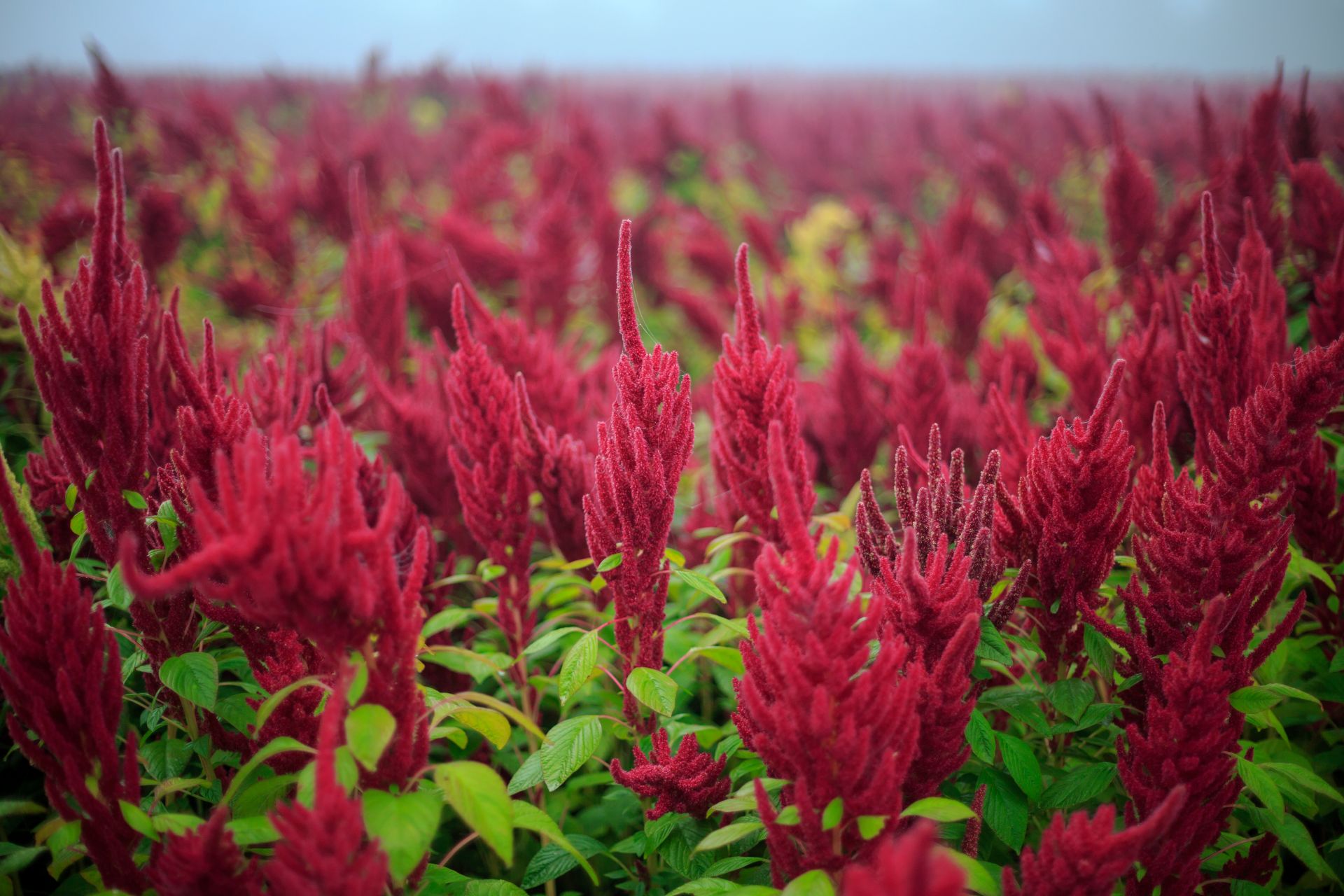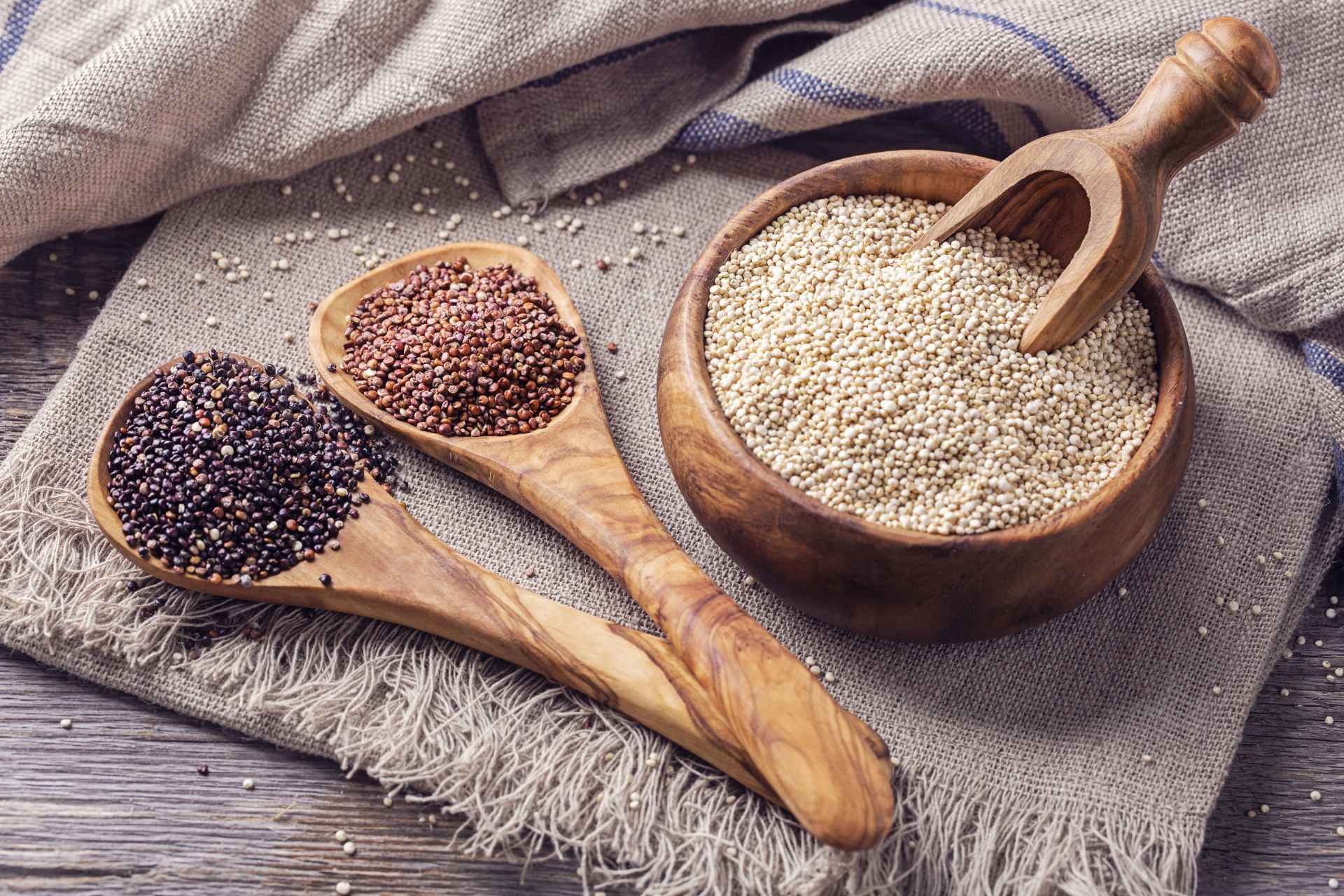Amaranth is a pseudo-grain native to Mexico, Guatemala, Peru and Bolivia, and was once a staple food of the Aztecs. It can be used as a gluten-free substitute for true grains, and is popular in India as a grain substitute that is permissible during the Hindu fasts of Navratri and Shravan.
Amaranth is the less well-known relative of quinoa, another pseudo-grain with many similar qualities. Both seeds are highly nutritious, and can be used in grain bowls or made into a gluten-free flour. Both too are native to Latin America, where they have been cultivated for thousands of years, and while amaranth was an important crop to the Aztecs of modern-day Mexico, quinoa held a similarly high status for the Incan people of modern-day Peru.
There are several differences between the two, however, with the most immediately obvious being their size. Both are relatively small seeds, but quinoa is larger than its tiny cousin, and provides a denser, more textural addition to salads and grain bowls. However, in terms of flavour, amaranth packs a bigger punch, with a bolder and more complex flavour profile than the famously mild quinoa.
The nutritional profiles of these two pseudo-grains are largely similar, with both providing a rich source of many important vitamins and minerals. Quinoa is higher in protein and certain B-vitamins, and slightly higher in fibre, while amaranth is lower in calories and carbohydrates, but higher in iron and potassium.















